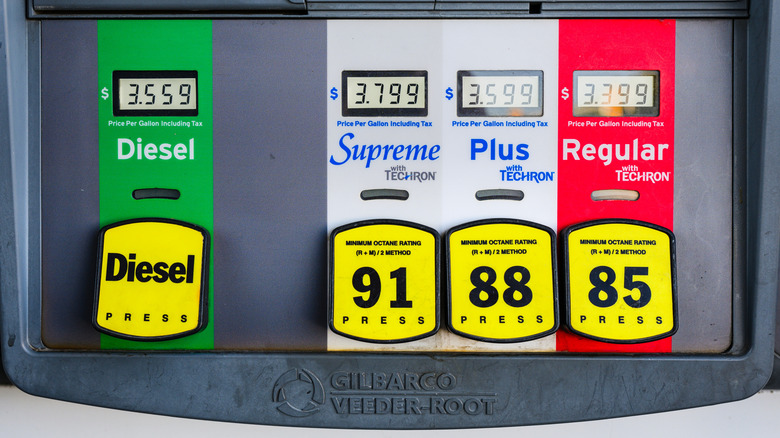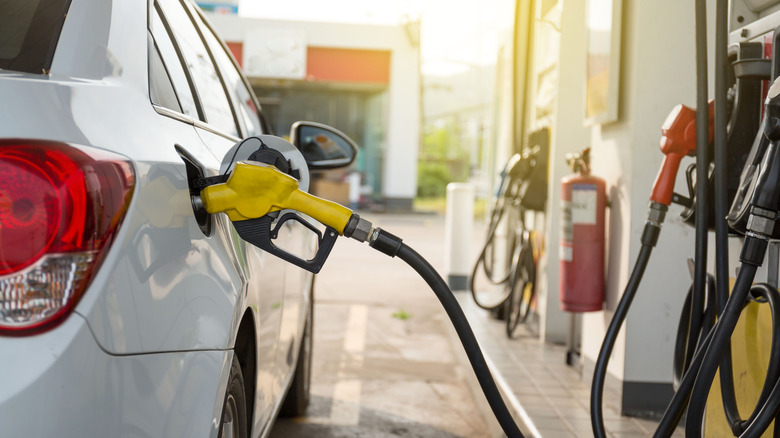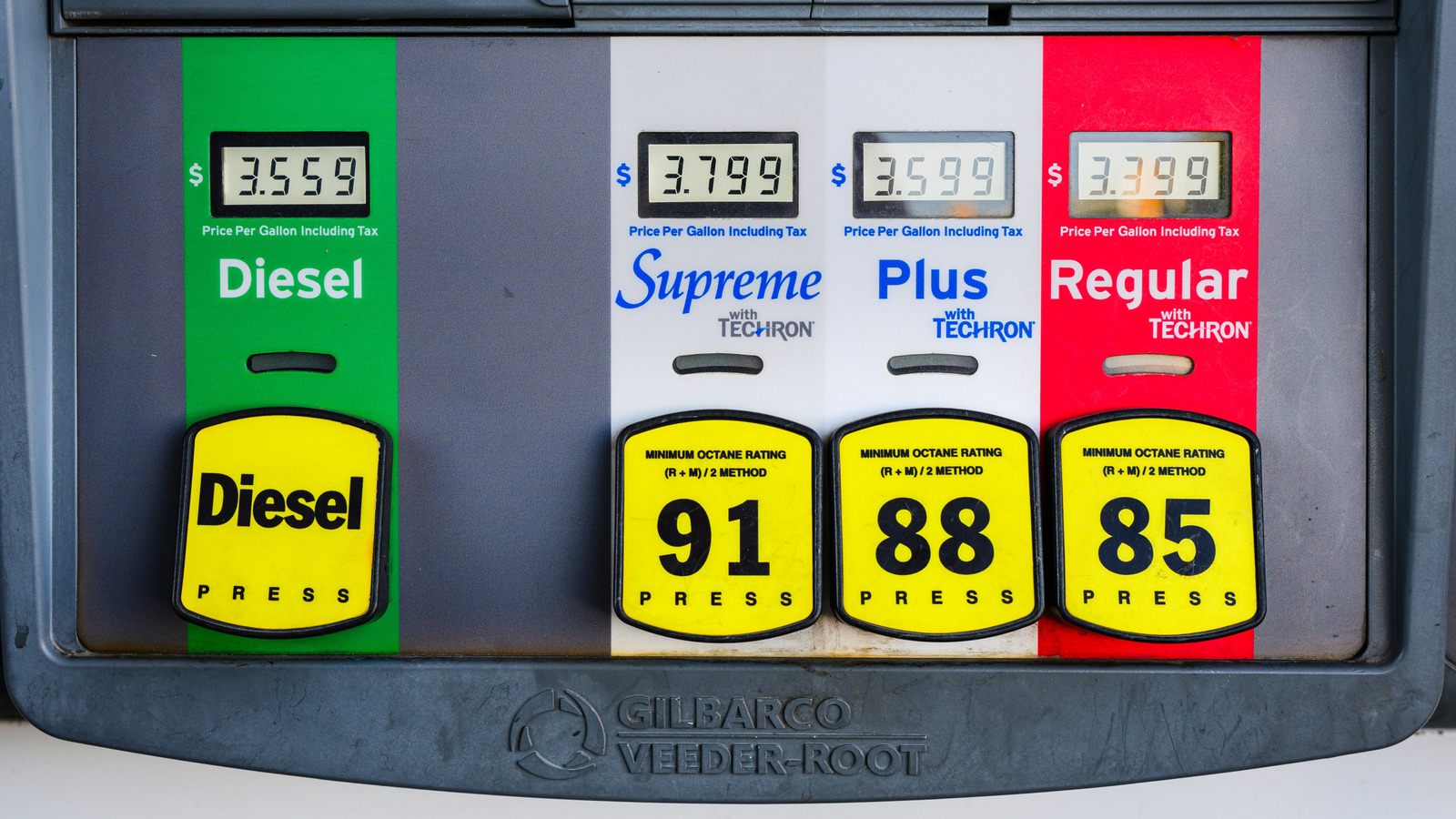
If you’ve ever fueled up in Colorado, you might have noticed something unusual about the gas octane ratings at the pump – specifically, the availability of 85-octane gasoline. This lower octane fuel is not typically found in most states, where regular gasoline starts at 87-octane. The reason? It’s all about Colorado’s high altitude. At elevations above 3,500 feet, the air is less dense, which affects how engines combust fuel. Because of this, the risk of engine knocking — where fuel combusts prematurely — is lower at higher altitudes. This allows vehicles to safely run on lower-octane fuel without facing performance issues.
Advertisement
Aside from functionality, cost also plays a significant role in why Colorado continues to offer 85-octane gasoline. Lower-octane fuel is generally cheaper, and when it provides comparable performance to higher octane at sea level, there’s little incentive to push for a statewide change. After all, who would want to be the one to argue that gas stations should switch to a more expensive gas? As long as cars can function properly on 85-octane, stations will surely continue to sell it, and consumers will naturally continue to buy the cheaper option.
Should you use 85-octane or stick with 87?

While 85-octane works for many vehicles in Colorado, the question remains: Should you use it if your car manual recommends 87-octane? The answer depends on your vehicle’s specifications and how much you value fuel efficiency and performance. Broadly speaking, modern engines — especially those made after 1984 — are designed to maintain the same octane requirements regardless of altitude.
Advertisement
That means if your owner’s manual specifies 87-octane or higher, more premium options, using 85 could lead to issues like pre-ignition, reduced fuel efficiency, and diminished performance overall. While the difference in price may be appealing, using 85-octane when a vehicle requires 87 may not be worth the trade-off in efficiency. Any car expert will likely tell you the same: Vehicle owners should always abide by their car’s fuel recommendations.
Another consideration when choosing between 85 and 87-octane is whether there is an environmental impact. Studies have found no statistically significant difference in carbon dioxide and carbon monoxide emissions between the two fuels when used at high altitude. However, it needs to be acknowledged that emissions depend on various factors (including engine design, combustion process, and driving behavior). Not to mention, we know that higher-octane fuels tend to be more environmentally friendly.
Advertisement
Is 85-octane even necessary anymore?

While 85-octane gasoline remains the dominant fuel choice in Colorado (as well as other high-altitude regions in the United States, such as Wyoming, Montana, and Utah), some rightfully question whether it’s necessary in modern cars. After all, since newer vehicles are designed to perform consistently across altitudes, gas stations definitely don’t need to continue selling 85-octane simply for performance reasons.
Advertisement
Nevertheless, it remains widely available, and given consumer habits and price considerations, it will likely remain in-demand for the foreseeable future. Plus, with the Environmental Protection Agency focusing on electric vehicle adoption rather than adjusting fuel standards, the availability of 85-octane in Colorado is unlikely to change from a legal standpoint anytime soon.
In the end, choosing between 85 and 87-octane in Colorado comes down to what your vehicle requires. If your car manual specifies 87, it’s best to stick with it — even at altitude — to ensure optimal performance and efficiency. While 85-octane is a cost-saving option, it’s not necessarily the best choice for all vehicles… especially newer models.
Advertisement




